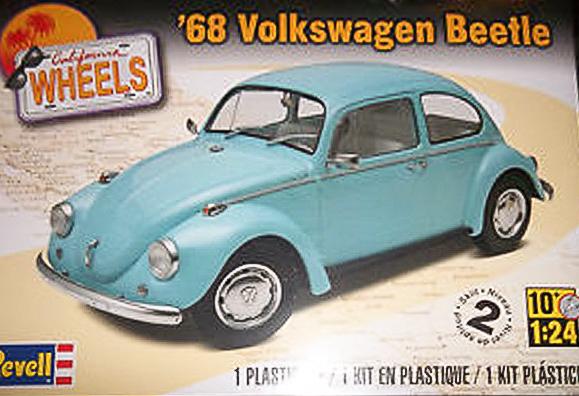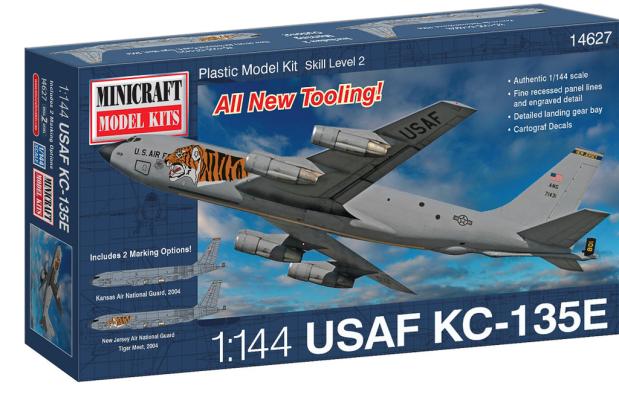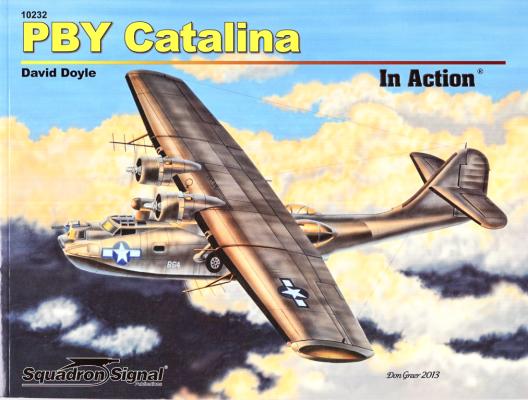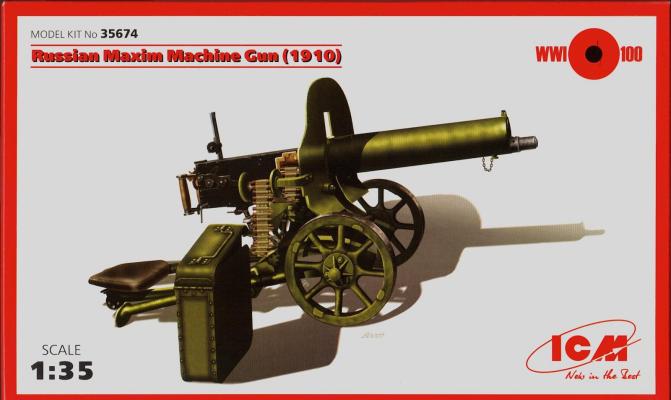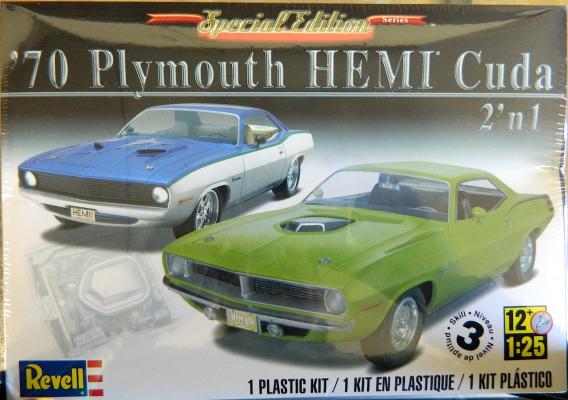The Volkswagen Beetle, officially called the Volkswagen Type 1 (or informally, the Volkswagen Bug), is an economy car produced by the German automaker Volkswagen (VW) from 1938 until 2003. The need for this kind of car, and its functional objectives, were formulated by Adolf Hitler, leader of Nazi Germany, wishing for a cheap, simple car to be mass-produced for the new road network of his country. He contracted Porsche in 1934 to design and build it to his exacting standards. Ferdinand Porsche and his team took until 1938 to finalize the design; one of the first rear-engine cars. With over 21 million manufactured (21,529,464 exactly) in an air-cooled, rear-engine, rear-wheel drive configuration, the Beetle is the longest-running and most-manufactured car of a single design platform, worldwide.
all 2014
The Aircraft
The KC-135 was the US Air Force’s first jet refueling aircraft, replacing the KC-97. The 135 was developed from the same prototype as the 707, but has much more in common with the Model 720. The 135 entered service with the USAF in 1957. The last KC-135 was delivered in 1965.
The KC-135E was an interim between the KC-135A and R. The E model came about when it became apparent that the A model just didn’t have the power and range needed to support the global mission of the US Air Force. The fix is the same one used on the Boeing 707 and 720, updating the engines from P&W J-57s to TF-33s. The re-engining continued with the KC-135R, which has GE/SNECMA CFM-56 engines. The Air National Guard and Air Force Reserve flew the E model.
As quoted from Squadron/Signal Publications, "In Action books, despite the title of the genre, are books that trace the development of a single type of aircraft, armored vehicle, or ship from the prototype to the final production variant. Experimental or "one-off" variants can also be included. Our first In Action book was printed in 1971.”
Author David Doyle has come through with another wonderfully written book. This time he takes on the Consolidated PBY "Catalina." This aircraft was not always known as the "Catalina," in fact it started off as Consolidated Model 28 in 1932. It wasn't until 1940 when the British received the PBY-5 that the name “Catalina” came about.
The Parts
The parts are secured in a small plastic bag with two stickers applied. The first of those stickers matches the product number “35674”. The second sticker might represent the number of part sprues, “2”, or it might be an “inspector” number. Sprue “A” has 14 parts and Sprue “B” has 19 parts, with a total of 33 parts making up the machine gun and wheeled carriage. All parts are clearly marked with an I.D. number that is an alphanumeric combination. For example, the gunner’s seat is on sprue B and is part #16 on that sprue. On the kit instructions the gunner’s seat is identified as “B16”. This makes part identification very simple, very easy, and very clear.
I love kits like this ‘Cuda. Everything fit together very nicely with no flash at all.
Engine
The Hemi engine is a gorgeous unit to work with. Every part fit together just the way it should. You get a couple of options about the air cleaner setup. Rather than have a hole in the hood (kit provided) I chose to go with a dual 4 bbl. air cleaner.
Chassis
The exhaust pipes, rear differential, and front torsion bar are separate assemblies, and fit together very well. You get a choice of stock wheels and larger diameter 5 spoke wheels and tires. I used the gorgeously detailed stock wheels and added valve stems.
Interior
The interior features a floor unit with separate side panels that are very well engraved. The separate seats and console are wonderful pieces. I added flocking to my build.

